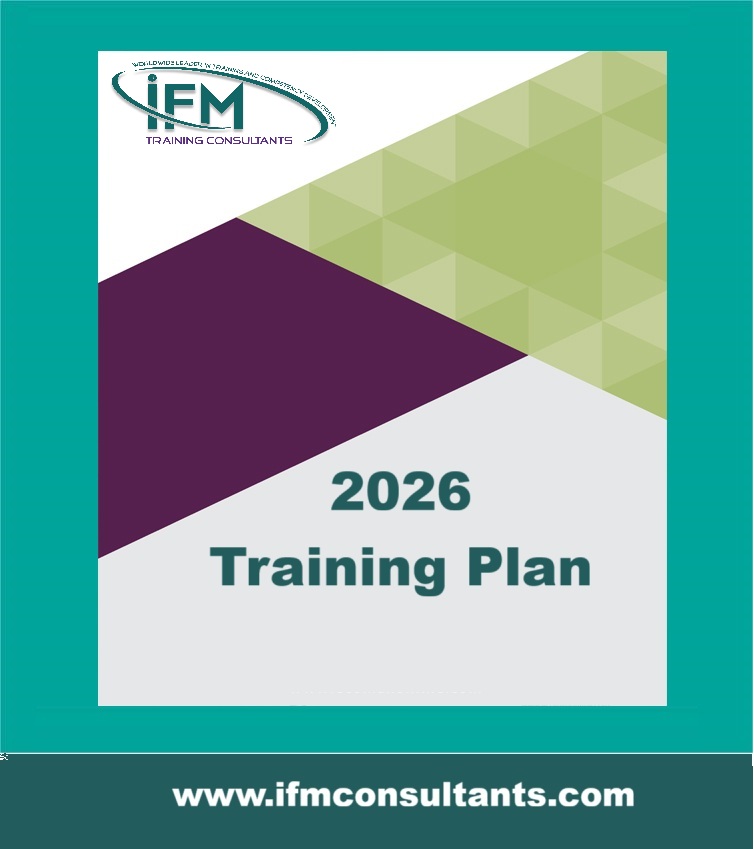Environmental Cracking
| Start Date | End Date | Venue | Fees (US $) | ||
|---|---|---|---|---|---|
| Environmental Cracking | 09 Nov 2025 | 13 Nov 2025 | Istanbul, Turkey | $ 4,500 | Register |

Environmental Cracking
| Start Date | End Date | Venue | Fees (US $) | |
|---|---|---|---|---|
| Environmental Cracking | 09 Nov 2025 | 13 Nov 2025 | Istanbul, Turkey | $ 4,500 |
Introduction
Environmental Cracking is one of the key factors that can affect the structural integrity or limit the life of metallic structures. Environmental cracking is a general term that includes: stress corrosion cracking (SCC), caustic cracking, liquid metal cracking, corrosion fatigue, hydrogen blistering, hydrogen embrittlement (HE), hydrogen-induced cracking (HIC), stepwise cracking (SWC), stress-oriented hydrogen-induced cracking (SOHIC), sulfide stress cracking (SSC), soft-zone cracking (SZC), and hydrogen stress cracking (HSC).
This 5-day corrosion short course systematically and thoroughly covers the recognition, mechanisms, test methods and prevention of the various types of cracking phenomena. Also discussed in this corrosion short course is the NACE MR0175/ISO 15156 standard for the selection of crack-resistant materials for use in H2S-containing oil and gas environments.
Objectives
Designers and engineers who are involved in the selection and evaluation of materials for use in H2S-containing environments in oil and gas production.
Training Methodology
The training methodology is interactive with group exercises and is suitable for all employees involved in functions management. The pace and level of the training workshop is customized to the understanding of the delegates. Ongoing back-up and support is available after the training on request to the supplier, and the training course is also available for in-house presentation as well as for “Competency Transfer”.
Who Should Attend?
Course Outline
- Introduction
- Corrosion Basics
- Overview of Environmental Cracking
HB/HIC/SWC/SOHIC/SSC/SZC/HSC/HE/SCC: Recognition, Mechanisms and Prevention
- Overview of Hydrogen Damage
- Hydrogen Blistering (HB) and HIC/SWC
- High Temperature Hydrogen Attack (HTHA)
- Hydrogen Embrittlement
- Hydride Embrittlement
- Hydrogen Induced Cracking (HIC), Stepwise Cracking (SWC) & SOHIC
- Definition
- Recognition
- Mechanisms
- Factors Influencing HIC, SWC and SOHIC
- Environmental Factors
- Metallurgical Factors
- Prevention and Control
- Sulfide Stress Cracking (SSC) and Soft Zone Cracking (SZC)
- Definition
- Recognition
- Mechanisms
- Factors Influencing SSC and SZC
- Environmental Factors
- Metallurgical Factors
- Prevention and Control
- Hydrogen Stress Cracking (HSC) and Hydrogen Embrittlement (HE)
- Definition
- Recognition
- Mechanisms
- Factors Influencing HSC and HE
- Environmental Factors
- Metallurgical Factors
- Prevention and Control
- Stress Corrosion Cracking (SCC)
- Definition
- Recognition
- Mechanisms
- Factors Influencing SCC
- Environmental Factors
- Metallurgical Factors
- Prevention and Control
- Stress Corrosion Cracking of Pipeline Steels
- Comparison of HIC/SWC, SOHIC, SSC, SZC, HSC, HE and SCC
- HIC/SOHIC/SSC/HSC/SCC Test Methods
Understanding NACE MR0175/ISO 15156
- Objective
- Background
- Abbreviated Terms
- NACE MR0175 / ISO 15156 Interpretation and Maintenance
- From NACE MR0175 to NACE MR0175/ISO15156
- Significant changes to previous MR0175:
- Responsibilities for Various Users of the Document
- Changes that affect only the Carbon Steel Alloys
- Changes that affect only the Corrosion Resistant Alloys
- Other Options for Material Qualifications
- Requirements for Marking (Part 2, Section 9; Part 3, Section 7)
- Structure of New Document
- Part 1 - General Principles for Selection of Cracking-Resistant Materials
- Scope of the Standard - Equipment and Component
Design (Section 1)
- Service Conditions: Evaluation and Definition (Section 6)
- Pre-Qualified Materials Selection Guide (Section 7)
- Material Qualification Alternatives and Implementation
- Materials Qualification Documentation (Section 9)
- Part 2: Cracking-Resistant Carbon and Low Alloy Steels
- Scope of the Standard - Equipment and Component Design
- Carbon and Low Alloy Steels in H2S environments (Section 6)
- Qualification and Selection (Section 7)
- Evaluation for resistance to HIC and SWC (Section 8)
- Marking (Section 9)
- Annexes
- Part 3: Cracking-Resistant CRAs and Other Alloys
- Scope of the Standard - Equipment and Component Design
- Corrosion Resistant Alloys in H2S environments (Section 5)
- Qualification and Selection (Section 6)
- Purchasing Information and Marking (Section 7)
- Annexes
- End User’s Application Guideline for MR0175/ISO 15156
- Select Qualification Method
- Scope of MR0175/ISO 15156
- Existing Facilities vs. New Projects
- Existing Facilities
- New Projects
- Alternative Materials Qualification
- Qualification by Field Experience
- Material Qualification by Field Experience
- Describe and document the materials to be qualified
- Describe and document the service environment
- Compile the Service History for a minimum of 2 years
- Inspection of the in-service material
- Intended Service Environment
- Report and file documentation
- Qualification by Laboratory Testing
- Material Qualification by Laboratory testing
- Select material type and refer to the applicable part of NACE/ISO standard
- Select the laboratory qualification option that best fits the application
- Identify the Qualification Required
- Select the Test Method
- Establish the Test Conditions
- Specify the Acceptance Criteria for each test method
- 5Report the Test Results
- Other Issues
- References
- Questions (175) and interpretations for NACE MR0175/ISO 15156
- Case Studies

















